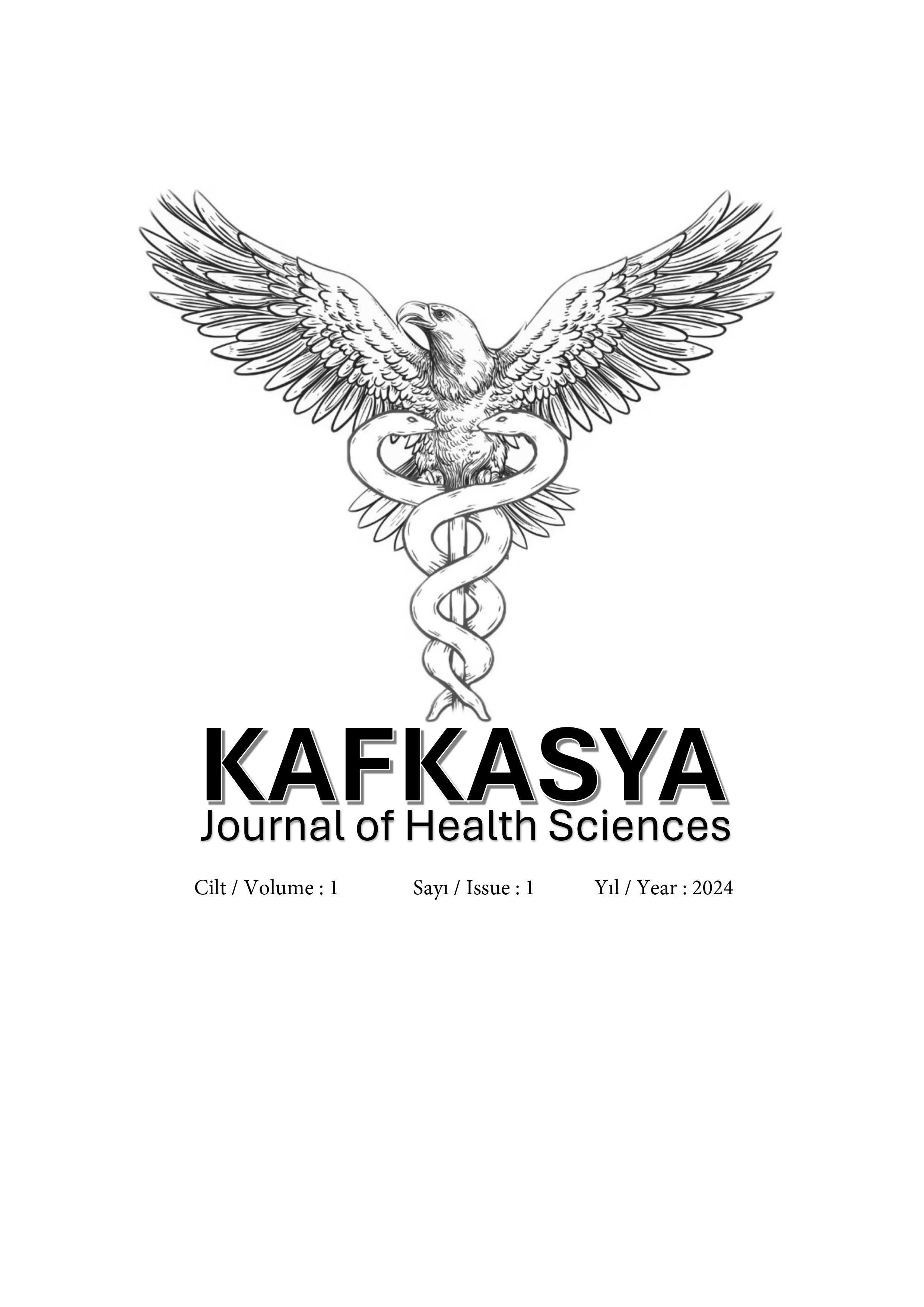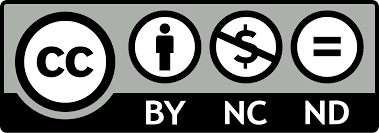Optogenetics and Light Control of Muscles
DOI:
https://doi.org/10.5281/zenodo.12510731Keywords:
Control, Light sensitive proteins, Living cells, Muscle, OptogeneticsAbstract
Optogenetics is a technique that uses genetic and optical tools to control the activities of living cells, particularly neurons, with light. This method allows for precise modulation of the electrical activities of specific cell groups. Optogenetics can be used not only to control nerve cells but also to control muscle cells. This process involves genetically modifying muscle cells to express light-sensitive proteins (e.g., channelrhodopsin-2 or halorhodopsin). Genes encoding light-sensitive proteins are introduced into muscle cells. This is typically done using viral vectors.
References
Adamantidis, A. R., Zhang, F., Aravanis, A. M., Deisseroth, K., & De Lecea, L. (2007). Neural substrates of awakening probed with optogenetic control of hypocretin neurons. Nature, 450(7168), 420-424.
Ben-Ari, Y. (2002). Excitatory actions of gaba during development: the nature of the nurture. Nature Reviews Neuroscience, 3(9), 728-739.
Deisseroth, K., Feng, G., Majewska, A. K., Miesenböck, G., Ting, A., & Schnitzer, M. J. (2006). Next-generation optical technologies for illuminating genetically targeted brain circuits. Journal of Neuroscience, 26(41), 10380-10386.
Govorunova, E. G., Gou, Y., Sineshchekov, O. A., Li, H., Lu, X., Wang, Y., ... & Spudich, J. L. (2022). Kalium channelrhodopsins are natural light-gated potassium channels that mediate optogenetic inhibition. Nature neuroscience, 25(7), 967-974.
Han, X., Qian, X., Bernstein, J. G., Zhou, H. H., Franzesi, G. T., Stern, P., ... & Boyden, E. S. (2009). Millisecond-timescale optical control of neural dynamics in the nonhuman primate brain. Neuron, 62(2), 191-198.
Häusser, M. (2014). Optogenetics: the age of light. Nature methods, 11(10), 1012-1014.
Herlitze, S., & Landmesser, L. T. (2007). New optical tools for controlling neuronal activity. Current opinion in neurobiology, 17(1), 87-94.
Kishi, K. E., Kim, Y. S., Fukuda, M., Inoue, M., Kusakizako, T., Wang, P. Y., ... & Kato, H. E. (2022). Structural basis for channel conduction in the pump-like channelrhodopsin ChRmine. Cell, 185(4), 672-689.
Kuhne, J., Vierock, J., Tennigkeit, S. A., Dreier, M. A., Wietek, J., Petersen, D., ... & Gerwert, K. (2019). Unifying photocycle model for light adaptation and temporal evolution of cation conductance in channelrhodopsin-2. Proceedings of the National Academy of Sciences, 116(19), 9380-9389.
Mahn, M., Gibor, L., Patil, P., Cohen-Kashi Malina, K., Oring, S., Printz, Y., ... & Yizhar, O. (2018). High-efficiency optogenetic silencing with soma-targeted anion-conducting channelrhodopsins. Nature communications, 9(1), 4125.
Oesterhelt, D., & Stoeckenius, W. (1971). Rhodopsin-like protein from the purple membrane of Halobacterium halobium. Nature new biology, 233(39), 149-152.
Ronzitti, E., Ventalon, C., Canepari, M., Forget, B. C., Papagiakoumou, E., & Emiliani, V. (2017). Recent advances in patterned photostimulation for optogenetics. Journal of Optics, 19(11), 113001.
Schneider, F., Grimm, C., & Hegemann, P. (2015). Biophysics of channelrhodopsin. Annual review of biophysics, 44, 167-186.
Sineshchekov, O. A., Govorunova, E. G., Li, H., & Spudich, J. L. (2017). Bacteriorhodopsin-like channelrhodopsins: Alternative mechanism for control of cation conductance. Proceedings of the National Academy of Sciences, 114(45), E9512-E9519.
Sugıyama, Y., & Mukohata, Y. (1984). Isolation and characterization of halorhodopsm from Halobacterium halobium. The Journal of Biochemistry, 96(2), 413-420.
Downloads
Published
How to Cite
Issue
Section
License
Copyright (c) 2024 Defne Meriç ULUÇAM

This work is licensed under a Creative Commons Attribution 4.0 International License.
The journal is licensed under a Creative Commons Attribution-NonCommercial-NoDerivatives 4.0 International (CC BY-NC-ND 4.0)
You are free to:
- Share — copy and redistribute the material in any medium or format
- The licensor cannot revoke these freedoms as long as you follow the license terms.
Under the following terms:
- Attribution — You must give appropriate credit , provide a link to the license, and indicate if changes were made . You may do so in any reasonable manner, but not in any way that suggests the licensor endorses you or your use.
- NonCommercial — You may not use the material for commercial purposes .
- NoDerivatives — If you remix, transform, or build upon the material, you may not distribute the modified material.
- No additional restrictions — You may not apply legal terms or technological measures that legally restrict others from doing anything the license permits.
Notices:
You do not have to comply with the license for elements of the material in the public domain or where your use is permitted by an applicable exception or limitation .
No warranties are given. The license may not give you all of the permissions necessary for your intended use. For example, other rights such as publicity, privacy, or moral rights may limit how you use the material.
Notice
This deed highlights only some of the key features and terms of the actual license. It is not a license and has no legal value. You should carefully review all of the terms and conditions of the actual license before using the licensed material.
Creative Commons is not a law firm and does not provide legal services. Distributing, displaying, or linking to this deed or the license that it summarizes does not create a lawyer-client or any other relationship.
Creative Commons is the nonprofit behind the open licenses and other legal tools that allow creators to share their work. Our legal tools are free to use.



